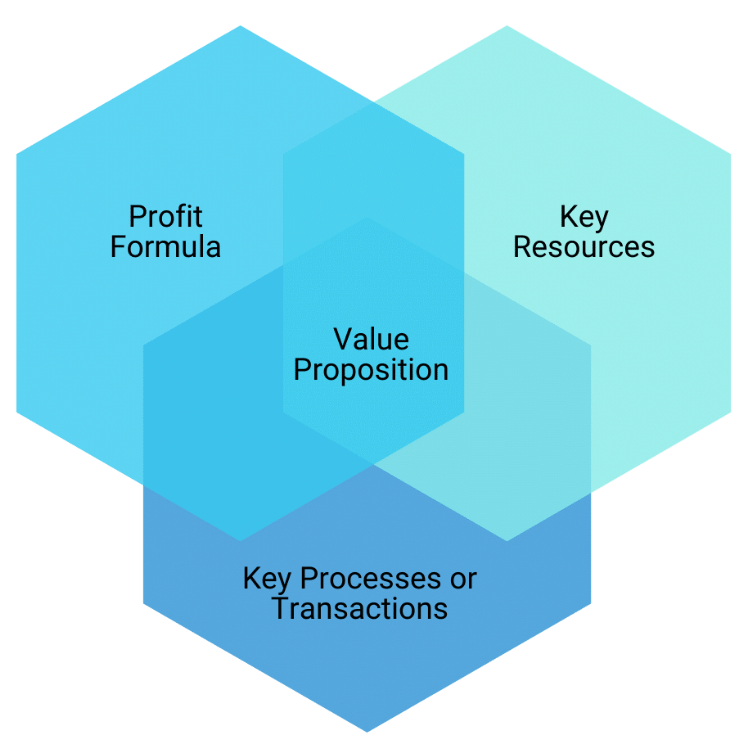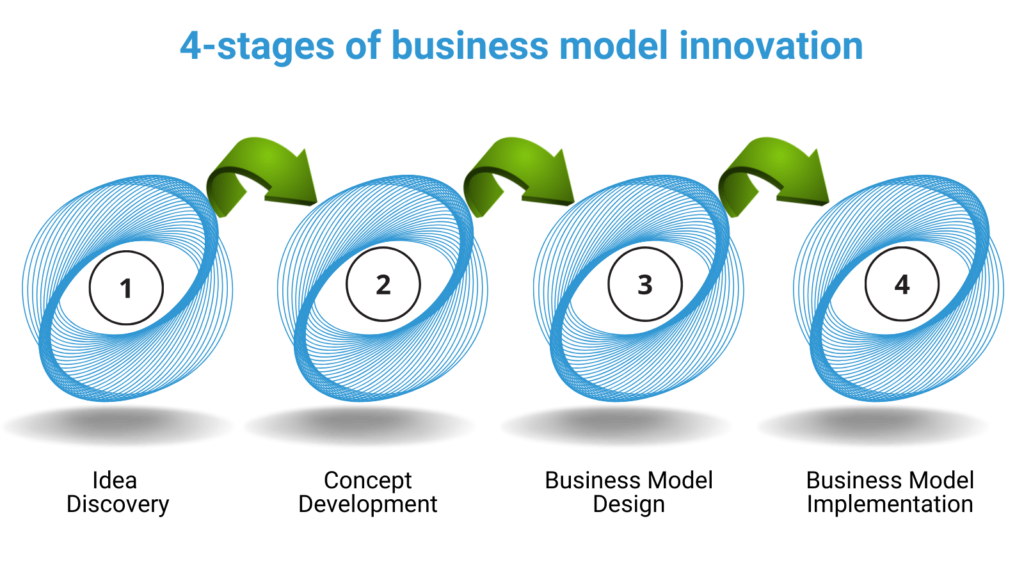
Business Model Redesign & Innovations
What is a business model or design?
To understand in-depth all the facets of business model innovation, it is crucial to have an understanding what is a business model?
Business model is the way in which a firm creates, delivers, and captures value. The word “transactions”, as part of capturing value, is fundamental to understand a business model, as it refers to key business activities, both internal and external, that are fundamental to the existence of the business itself. In essence, a business model should contain four elements. These elements are;
- Value Proposition,
- Profit Formula,
- Key Resources, and
- Key Processes or Transactions.

Continuously developing existing business model or innovating new ones is paramount to a company’s survival, growth, and profitability in the long-run.
Business models can be considered as firm’s survival tool and is only as good as the human resources managing it. Learn more here!
Indeed, developing or designing a good business model proves an important and effective tool for an executive officer or a director trying to stay ahead in his or her industry. It is a survival tool. Company leaders must know and integrate the basic elements of a business model and observe how its elements interact to generate value. A business model provides useful information about every organization regardless of the industry or sector, stage, location, or size.
Designing and understanding a business model becomes a relevant and strategic tool not only for companies in search of economic profitability, but it also becomes a basic strategy for social and not-for-profit organizations aiming at impacting community, academy, and government. That is why knowing how to develop a business model is so important for business across communities.
Being able to define, develop and innovate a business model will help leaders to understand the assignment and organization of resources in a more thorough and structured fashion. Besides, defining and designing the business model is key because a model’s features define the value proposition of an organization or entrepreneurial venture and help minimizing viability risks.
When to innovate with business models?
We usually associate an industry’s transformation with the adoption of a new technology, but although new technologies are often major factors, they have never transformed an industry on their own. The real secret to such a transformation lies in a business model that can link a new technology to an emerging market need. The objective is to detect, in the early stages on industry development, when to start developing a new business model for a company. It is a topic that involves risk, so knowing how to react in advance becomes essential. There are many circumstances, even ethical, that force us to think about business model innovation.
Circumstances for innovation
Losing competitive advantage (CA) or lack of it altogether is often a “sign” that current business model is not optimal in delivering the required value and requires a redesign or a completely new model. On the other hand, entering new industry verticals as a result of vertical or horizontal integration can also result in needs to innovate with business models. External factors, such as digitalization of an industry vertical can drive the need to change business model or be driven out of business.
Companies must be ready at all times to make immediate adjustments in their business model to face the new challenges.
Volatile, uncertain and global world, as the one we are living in, with the speed in which businesses are created, develop, and die, calls for flexible and agile strategies which enable immediate learning and quick adjustments in light of market changes – a “transitory” competitive advantage, that is, companies must be ready at all times to make immediate adjustments in their business model to face the new challenges. In order to win in volatile and uncertain environments, executives must learn to exploit short-term opportunities quickly and with decisiveness, requiring business models that are agile and responsive.
Unfortunately, based on our experience and research, still today, far too many organizations across industries operate with what we call “static business models.” One of the main causes of this is the lack of vision of executives as a result of companies separating (historically) strategy and innovation as two different disciplines. Today, however, the competitive process towards business model innovations has gained so much speed with digitalization, the fall of protectionist barriers, and technological advances making the competition come from practically everywhere, calling for greater need to have business model innovation at the core of strategy-making.
Learn more about our thinking of strategy-making and the effective tools we deploy here!
Through our work with forward-looking organizations, we are seeing organizational change and innovation becoming more and more connected to develop a sustained competitive advantage in companies and, consequently, new markets, and methodologies. With our constantly developed toolkits and tools, firms can see all the elements, including resources, in a holistic, integral fashion to analyze a business model, and not as independent factors like strategy, innovation, and organization.
Contact our Business Design Development & Innovations practice area to hear more how we can help your firm with business model innovation needs
Talk to usBusiness model innovation – Our approach
Our approach to business model innovation includes several highly effective tools that are agile and lean in nature. We have crafted over the years based on our practical experience with scaleups and forward-looking organizations, combined with academic research, an extensive toolkit that utilizes various frameworks and processes based on innovative thinking – the outcome is a series of versatile Canvases that are rooted with known frameworks such as; Crossing the Chasm, The Innovator’s Dilemma, and The Lean Startup.
We firmly believe that developing a business model is no static activity. It is a continuous process of formulation, trial, realigning (iteration), turning/movement (pivoting) in which the company identifies an optimal way to create value in the market. Based on numerous discussions with executives, we have concluded that often organizations struggle where to start the process despite the fact of acknowledging the need for innovation or redesign. We hence believe a good starting point is the 4-stage process indicated below, which includes a sequence of four actions in four consecutive stages.

